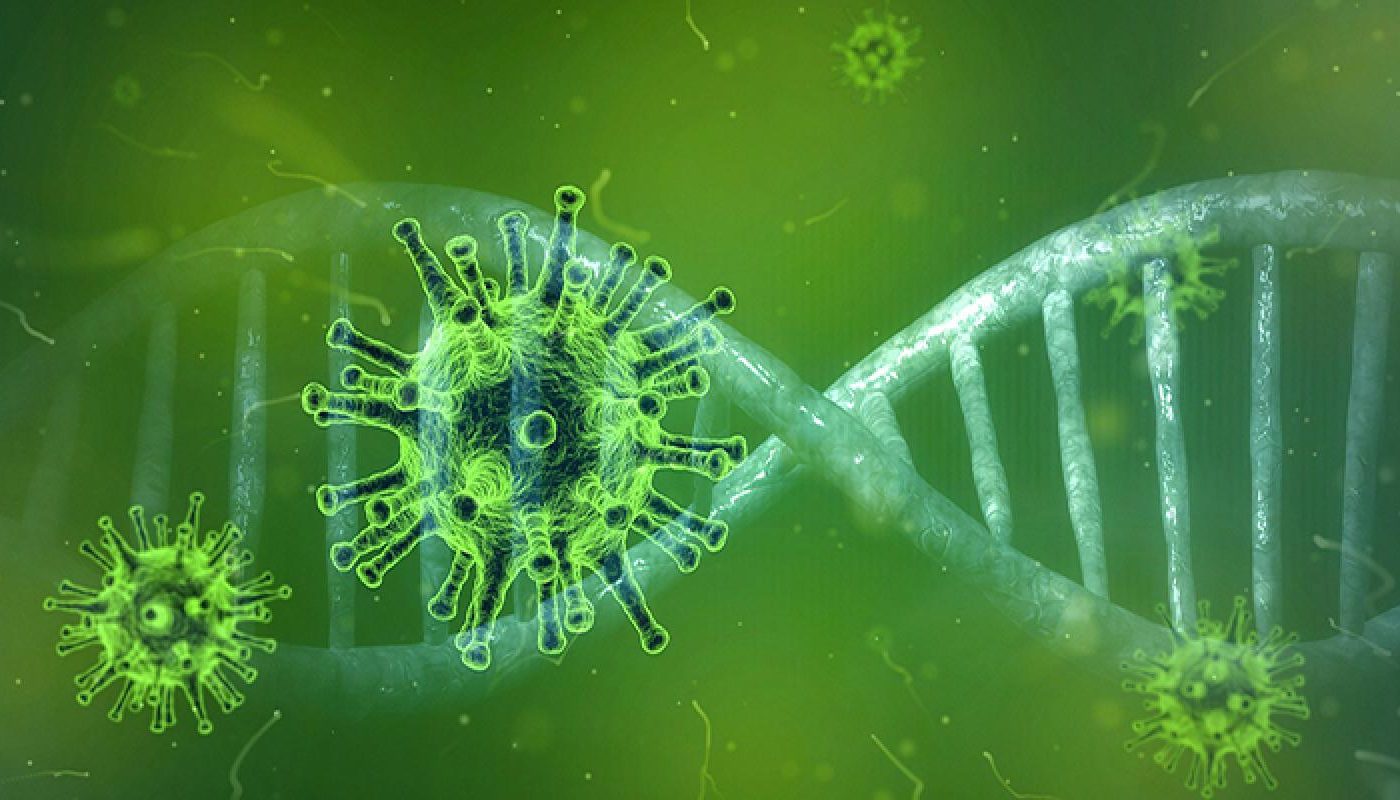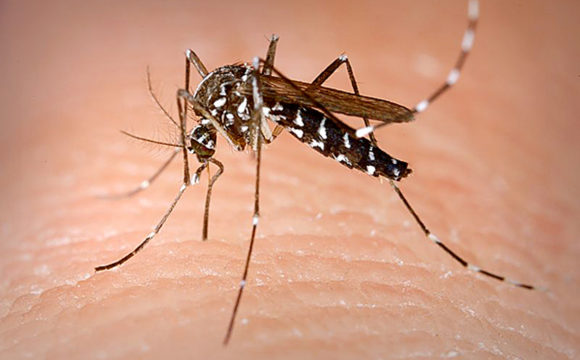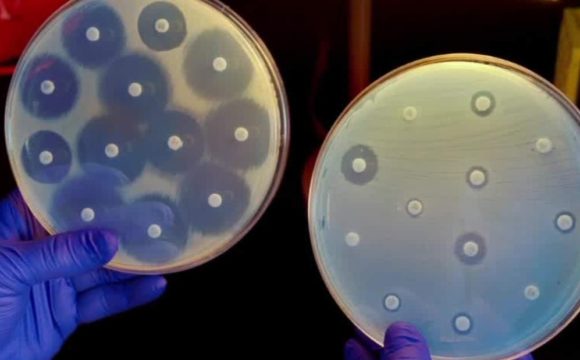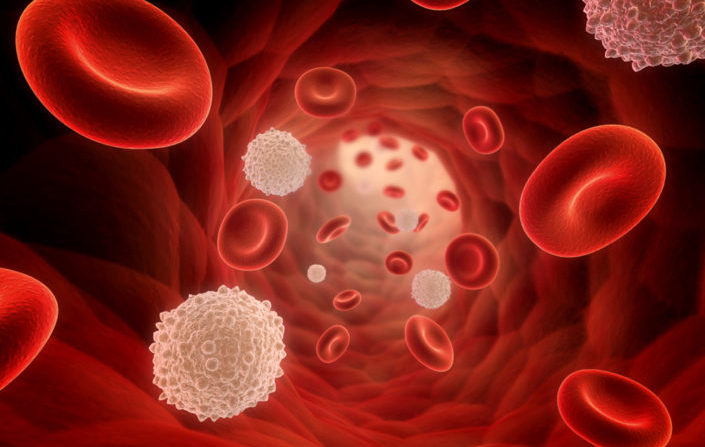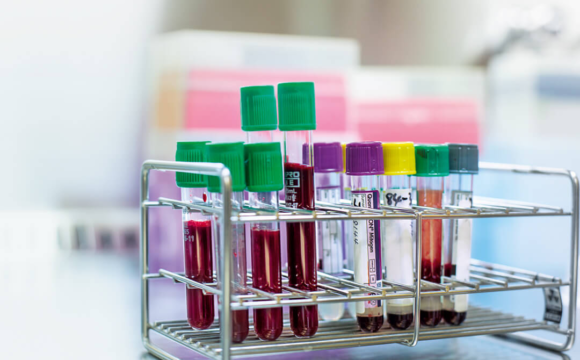Current happening about Coronavirus has jeopardised the whole world. This COVID-19 being extremely contagious has endorsed people to take intense actions to prevent the spread. This viral outbreak has proven the statement, “Preventions are better than cure” to be dead on target. Various forethoughts have been taken to keep the COVID-19 infection and this has proved to be a better remedy for the present occasion. In spite of executing all these measures people are still acquiring this disease. Symptoms associated with this disease are:
· Dry Cough
· Shortness of breathing
· Fever
· Headache
· Gastroenteritis
· Pneumonia
· Fatal in severe cases
Coronavirus has positive-sense RNA and is enveloped with Envelop protein (E), Membrane glycoprotein (M) and Spike protein (S). This virus belongs to the family Orthocoronavirinae (Na Zhu, 2020) that are present in a broad class of animals which causes upper respiratory disorders, enteric, hepatic and neurological diseases. This Novel Coronavirus (nCov) is closely related to β-Coronavirus (SARS-CoV and MERS-CoV) by performing phylogenetic studies, the possible host could have been bat according to the research carried out in Wuhan Jinyintan Hospital, China in December 2019. In agreement with the reports by them, the transmission of this virus is through droplets, aerosol and unprotected contact between the infector and infectee.

As COVID-19 is a newly identified pathogen, there is no known pre-existing immunity in humans and hence detection becomes a bit challenging. WHO, CDC is so far using PCR techniques for the detection. Since the virus has RNA as its genetic material, Reverse Transcriptase – Real-time PCR (qRT-PCR) is being employed for spotting the same in the samples. Clinical samples are collected by the local health labs and are transported to the laboratories where tests are being performed. Suspected patient’s upper respiratory nasopharyngeal (NP)/ oropharyngeal swabs (OP) swabs are gathered by using dry sterile synthetic swabs and are stored at 2-8 degrees until it is shipped to the required labs or hospitals. As the sampling is done, they are analysed using qRT-PCR subsequently. This technique is used for quantifying gene expression and viral RNA in researches. The principle lies in converting the viral RNA into its complementary DNA (cDNA) by using reverse transcriptase and then quantitatively amplifying that cDNA by performing qPCR. Specific primers are used to initiate the cDNA synthesis and measured using fluorescent dye by further performing real-time PCR (qPCR). Researchers are targeting RNA consensus sequence similar to Pan-β CoronaVirus (pan β-CoV) family. This novel strain of coronavirus is not been identified in humans yet but it shows 96% resemblance to the pan β-CoV which is present in bats, no intermediate hosts have been found heretofore. This technique is chosen because of its high sensitivity and traceability.
There are now several test kits available including ones developed by China, Singapore and Hong Kong, and it is probably a matter of time before doctors standardise the use of a single reliable test. Aside from this technique, doctors are considering chest CT scans as a far-end confirmatory test. Chest CT Imaging may be more dependable, practical and rapid according to the recent research at Tongji Hospital in Wuhan, China. Also, researchers have developed a point of care testing for β-coronavirus IgG and IgM antibodies in the blood sample which is again rapid and does not require trained personnel to perform the test. In spite of different test kits available in this competitive market, doctors still prefer CT Scans and Real-time RT-PCR as confirmatory tests.
References:
- Na Zhu, D. Z. (2020). A Novel Coronavirus from Patients with Pneumonia in China, 2019. The NEW ENGLAND JOURNAL of MEDICINE.
- https://openwho.org/courses/introduction-to-ncov
- https://www.nejm.org/doi/full/10.1056/NEJMoa2001017
- https://www.who.int/docs/default-source/coronaviruse/who-china-joint-mission-on-covid-19-final-report.pdf
- https://www.cdc.gov/coronavirus/2019-ncov/php/water.html
- https://www.cdc.gov/coronavirus/2019-ncov/lab/rt-pcr-detection-instructions.html
- https://www.cdc.gov/coronavirus/2019-nCoV/lab/guidelines-clinical-specimens.html
- https://en.wikipedia.org/wiki/Coronavirus_disease_2019
- https://www.sciencedaily.com/releases/2020/02/200226151951.htm



